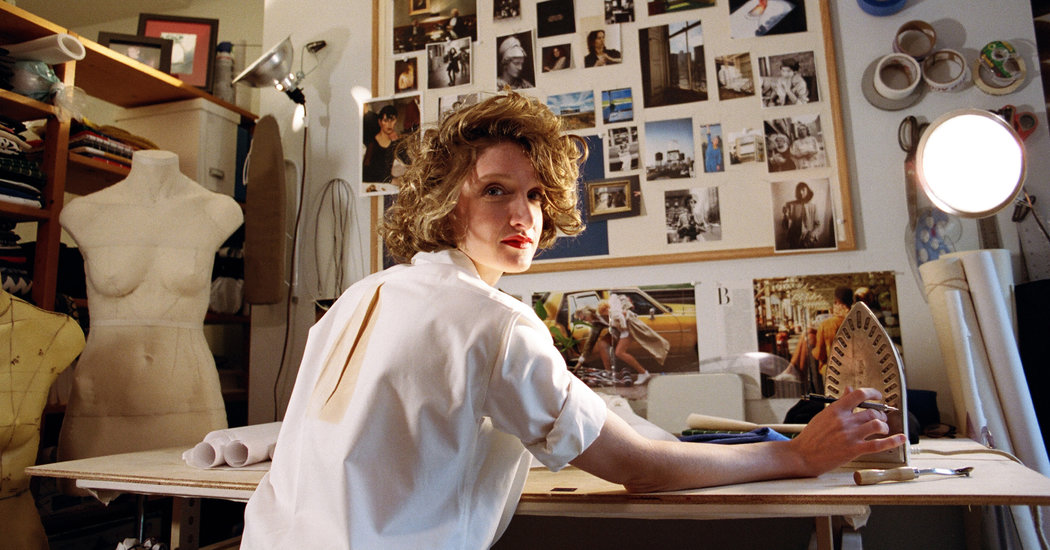
Naomi Mishkin
Age: 30
Hometowns: Manhattan and Tenafly, N.J.
Now lives: In a garden apartment on a brownstone-lined block in Harlem.
Claim to fame: Naomi Mishkin is an artist and budding fashion designer, whose work frequently takes everyday objects and subverts them with a clever, feminist-skewed twist. In a 2017 piece called “Pedestal (Dress Form),” she took a traditional dress form and remodeled it after her own torso, complete with a slight paunch and sagging shoulders.
Her artwork has been shown at the Nunnery Gallery in London and the Edmond Rostand Media Library in Paris.
Big break: In 2014, after graduating from the Rhode Island School of Design, a college friend introduced her to Ed Romer, the founder of Xpozure, a contemporary art gallery in Wilton, Conn. They immediately bonded over a shared passion for German artists like Otto Dix and Christian Schad, and he commissioned her first solo show, which opened the following year.
The site-specific installation, “kNothing: A Brief History,” featured wall-size photographs of black magnetic chalkboards, annotated with a timeline of conceptual art. “The exhibition really showed me that my work could exist outside my studio and outside of my own head in a way that it hadn’t before,” Ms. Mishkin said.
Latest project: Ms. Mishkin has had a lifelong passion for making clothes, and in October she started a small-batch clothing line called Naomi Nomi, offering basics with unexpected details. The Bad Wife Shirt is a crisp button-down cotton shirt with an iron burn scorched on its front.
Ms. Mishkin burns each shirt in her mother’s basement, using a vintage British iron plugged into a 220-volt socket that she had installed. The process emits a potent smell: Ms. Mishkin compared it to freshly baked cookies. The limited-edition shirts are $180 and are sold at Meantime Co., a boutique in the Bushwick neighborhood of Brooklyn, as well as on her website.
Next thing: This month, Ms. Mishkin is adding scarves to the clothing collection, based on, among other things, the gridlike design found on green cutting mats. A selection of women’s garments is also planned for the fall. “What I’m building toward is a small signature collection, sort of along the lines of the seven easy pieces collection,” she said, referring to Donna Karan’s influential first collection in 1985.
Family ties: Ms. Mishkin isn’t the first member of her family to produce clothing: Her maternal grandfather owned a wedding dress company in New York’s garment district. Her maternal great-grandparents were a pattern cutter on the Lower East Side and a seamstress. “Pretty much from the moment we landed in this country we were shmatte people,” she said.







